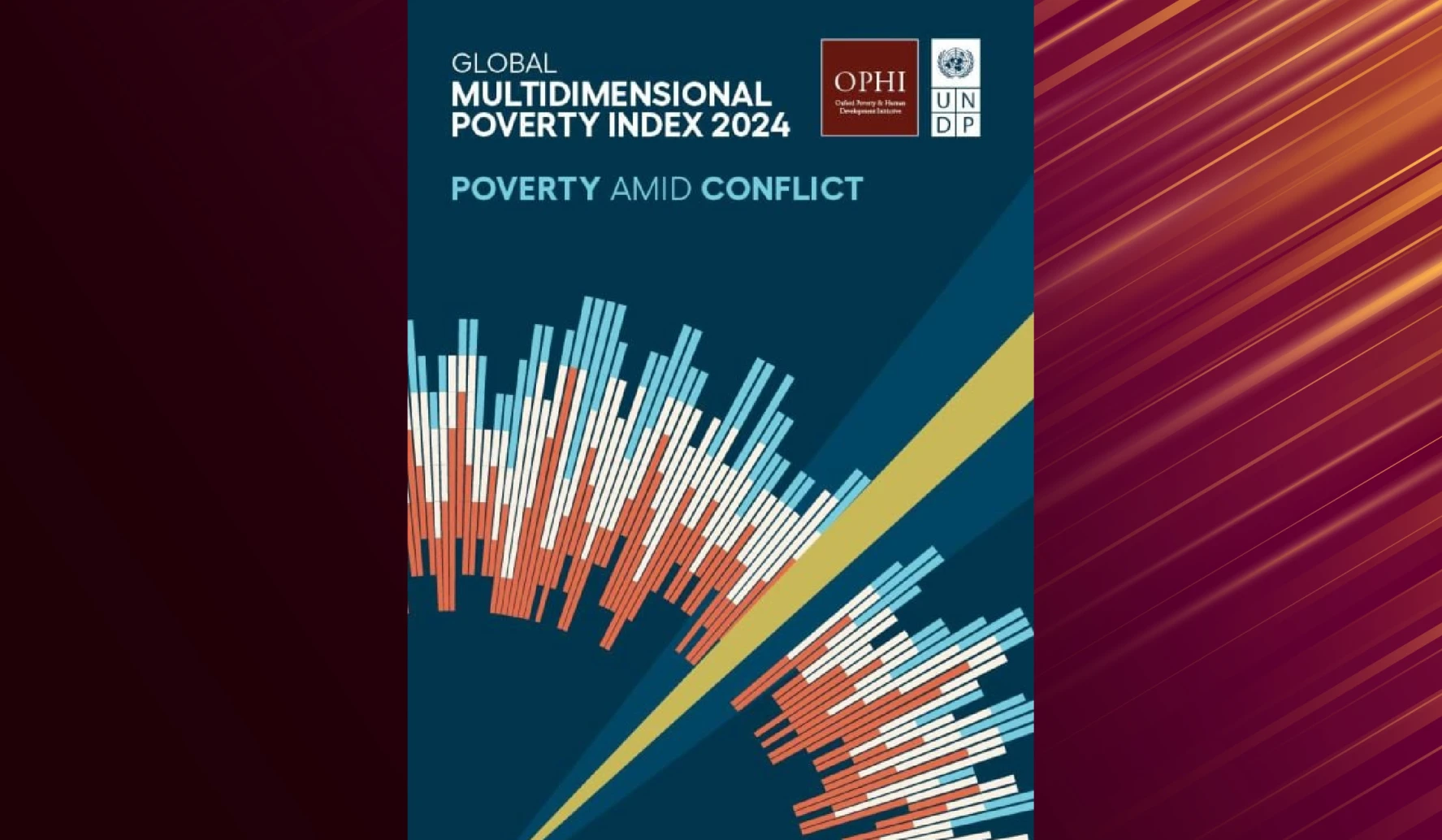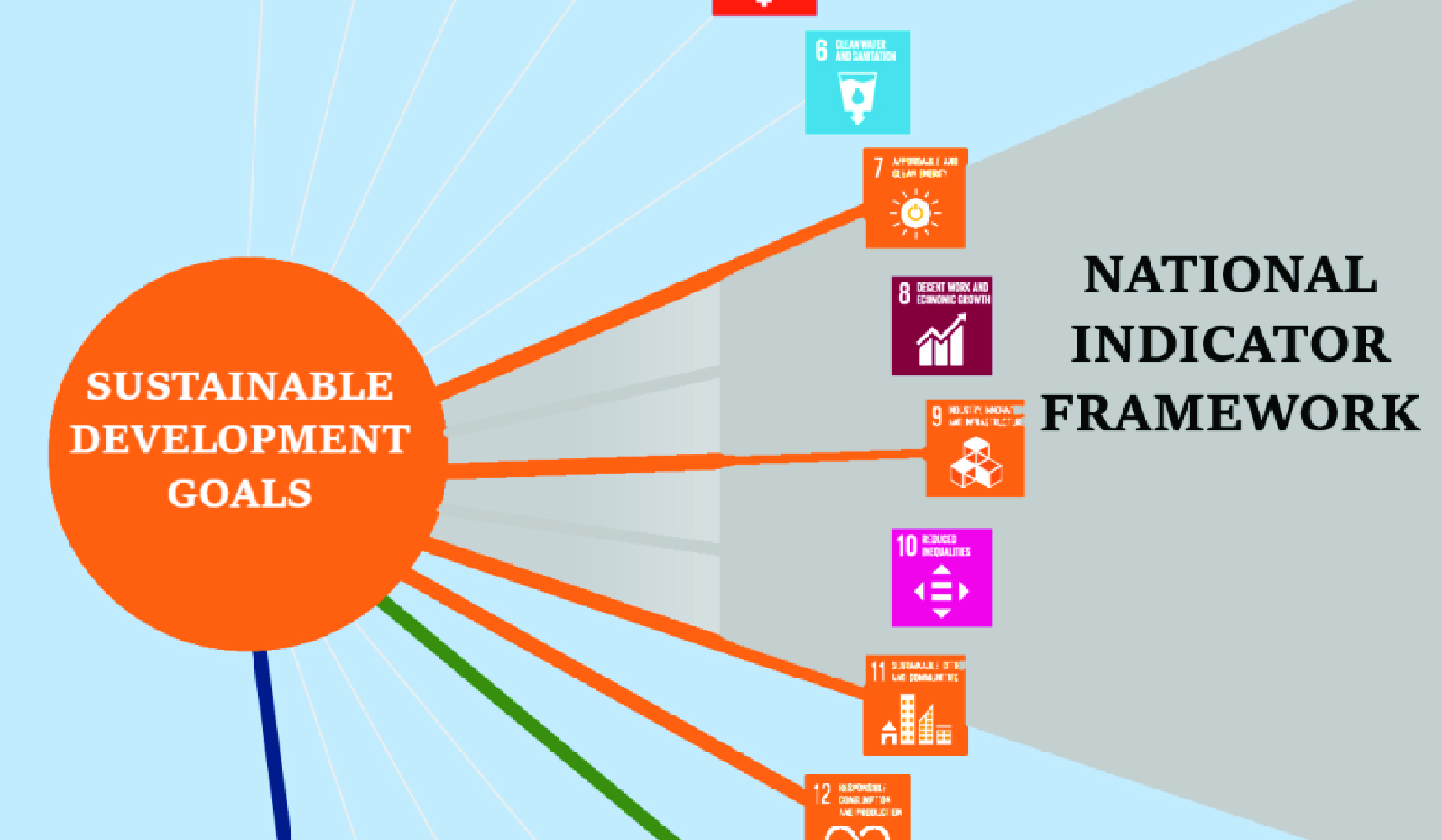Why in the News?
Recently, World Bank has released 'Poverty, Prosperity, and Planet: Pathways out of the Polycrisis' report which offers first post-pandemic assessment of global progress toward these interlinked goals.
Current Status of Poverty in India (as per NITI Aayog)
|
Key findings of the Report
- Stalled Global poverty reduction: It has slowed to a near standstill during past 5-years impacted by 'polycrisis'.
- Polycrisis refers to a situation where the multiple crises of slow economic growth, increased fragility, climate risks, and heightened uncertainty have come together at the same time.
- This makes national development strategies and international cooperation difficult.
- Non-attainment of targets: Global population living in extreme poverty is projected to be 7.3% in 2030 (8.5% in 2024). This is double the World Bank target of 3% and farther from the elimination target of SDGs.
- Global Prosperity Gap: Stalled progress since pandemic, highlighting slowdown in inclusive income growth.
- Prosperity Gap is the average factor by which incomes need to be multiplied to bring everyone in the world to the prosperity standard of $25 per person per day.
- India: Significant fall in Indians living in extreme poverty from 431 million (1990) to 129 million (2024).
- Currently, World Bank defines extreme poverty as living on less than $2.15 per person per day
History of Poverty Estimation in IndiaPre-Independence
Post-Independence
Post 2000s
|
Factors behind Poverty in India
- Historical Reasons: Exploitative colonial rule destroyed the local industries leading to de-industrialization and drain of wealth resulting in poverty.
- E.g. British colonial rules turned India into an exporter of raw materials and imported of finished goods impacting income of farmers, artisans.
- Low Agricultural Productivity: Fragmented land holdings, lack of capital, and reliance on traditional farming methods limit yields.
- E.g. Lower yield of crops in India than developed economies affects income of farmers.
- Population Explosion: India's rapid population growth has led to increased pressure on resources and services exacerbating headcount ratio of poverty.
- E.g. India's population is expected to peak in early 2060s (at 1.7 billion) and remain world's most populous country throughout century (UNDESA)
- Economic Inequality: Disparities in income and wealth distribution concentrate resources among a few giving rise to relative poverty. E.g. Top 10% of the Indian population holds 77% of the total national wealth (Oxfam).
- Social Inequalities: Instances such as caste discrimination and gender disparities lead to social exclusion. E.g. India has 53% of women outside the labour force due to care responsibilities(ILO)
- Moreover, rigid caste system restricts access to resources and opportunities for marginalized groups, perpetuating poverty across generations leading to Intra-generational and Intergenerational issues of equity.
- Geographical Disparities: Dense forests, hilly terrains or areas vulnerable to natural disasters contribute to higher poverty rates.
- E.g. Recurrent floods in Assam and Bihar displaces millions of people and pushes them into absolute poverty every year.
Key Terminologies Related to Poverty
|
Initiatives taken to tackle Poverty
Affordable Healthcare | Social Security and Empowerment | Financial Inclusion and Welfare | Employment and Skill Development | Entrepreneurship |
|
|
|
|
|
Way Forward
- Suggestions by NITI Ayog to combat poverty
- Employment-intensive Sustained Rapid Growth: by creating better jobs and generation of additional revenues for government to expand social expenditures at faster pace. It calls for second green revolution in agriculture particularly in eastern India.
- Making anti-poverty programs effective: It can be done by better targeting of schemes with use of technologies to reduce inclusion and exclusion errors. E.g. use of Jan Dhan Yojana, Aadhaar, Mobile (JAM) trinity
- Focus on "Amartya Sen's 'Development as Freedom' and the Capability Approach": It calls for investment in people's capabilities with a focus on education, skills to expand their opportunities and freedoms thereby leading to citizen's empowerment and reduction in poverty
- E.g. enhancing slum dwellers capabilities influences their entrepreneurship development and contributes to urban poverty reduction








